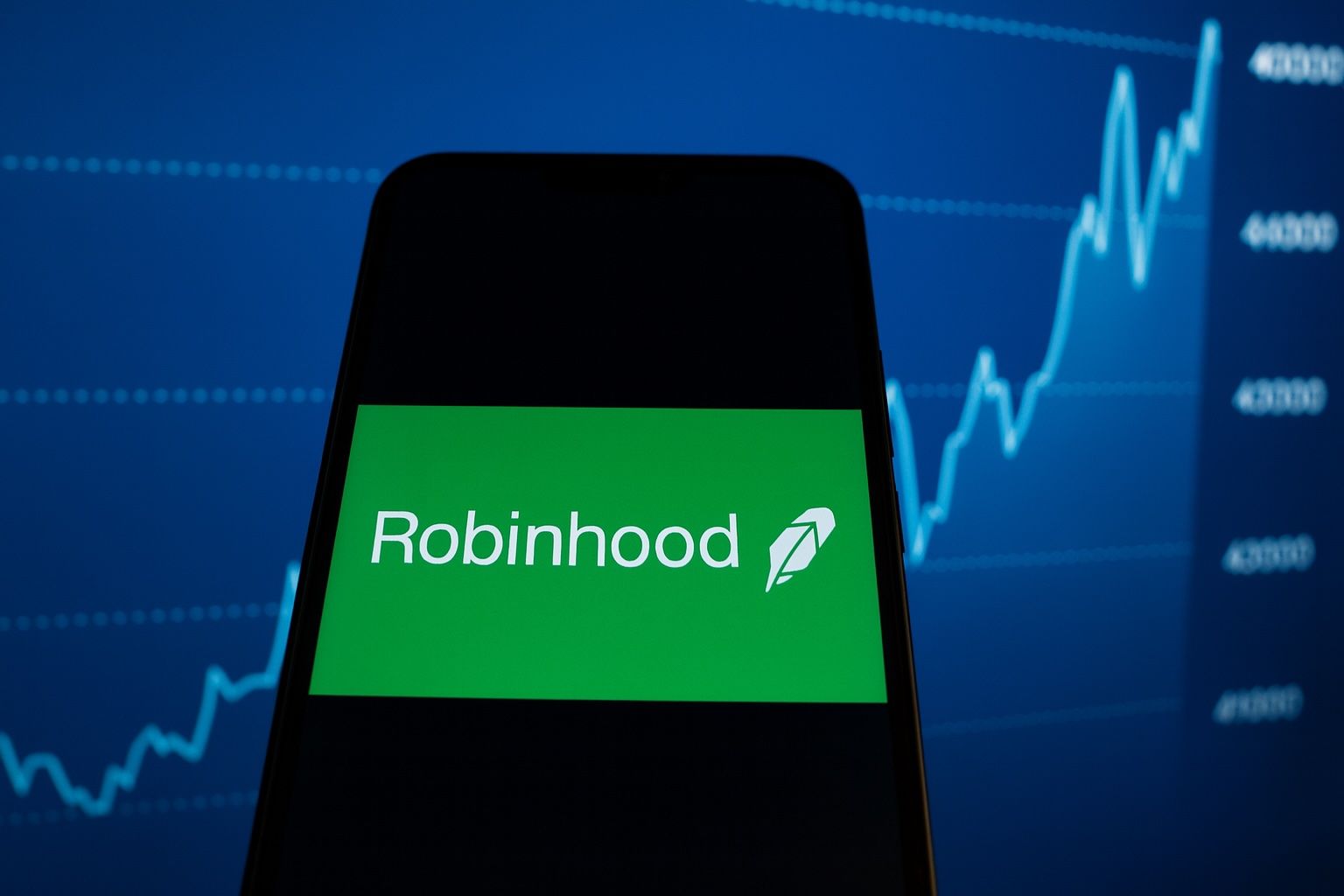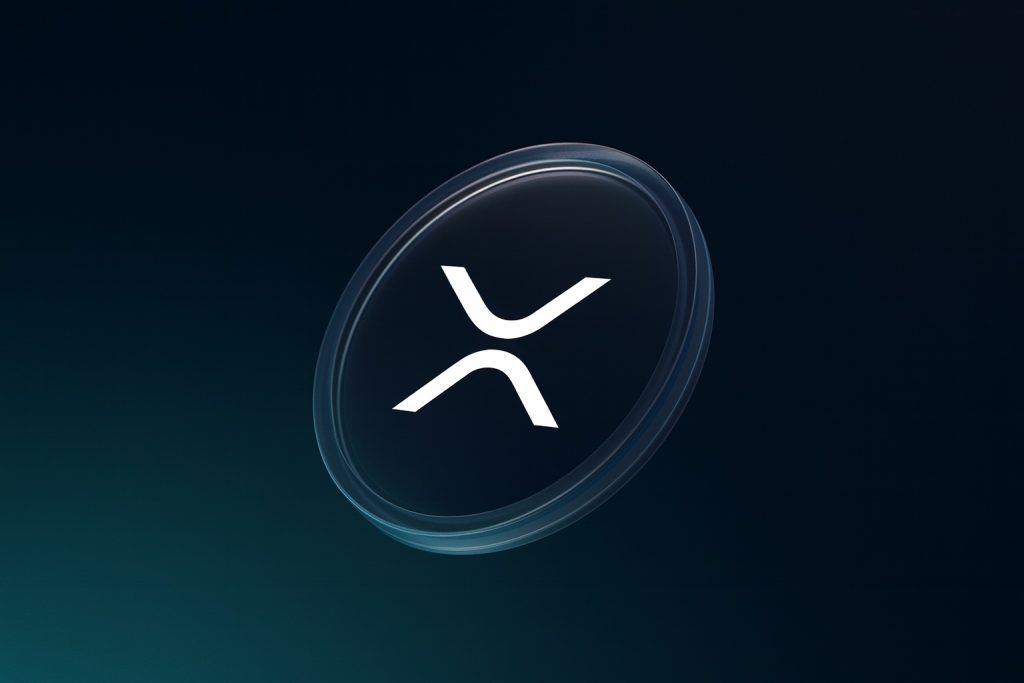- Stock Price Surge: Robinhood (NASDAQ: HOOD) closed around $139 on Oct 10, 2025 after a volatile week, dropping nearly 9% in a single day [1]. Earlier in the week it hit all-time highs around $153 per share [2]. The stock has surged over 200% year-to-date in 2025, vastly outperforming the S&P 500 [3]. Robinhood was added to the S&P 500 index in late September, boosting its market cap above $100 billion [4].
- Recent News Highlights: In early October 2025, Robinhood expanded into new products – listing MicroStrategy’s preferred shares (a first for the platform) and adding more cryptocurrencies and even tokenized stocks for European users [5]. However, on Oct. 6 a major platform outage left many users unable to trade at the market open [6]. To make matters worse, that same day Galaxy Digital launched a rival trading app “GalaxyOne” targeting Robinhood’s user base [7]. And on Oct. 10, broader market turmoil (U.S. tariff threats against China) sent tech stocks tumbling – HOOD fell ~8.9% that day [8] [9].
- Financial Performance: Robinhood’s earnings are booming. In Q2 2025, revenue jumped 45% year-over-year to $989 million, and net income doubled to $386 million (EPS $0.42) [10]. These results crushed analyst expectations (~$0.30 EPS forecast [11]) and reflect robust profit margins. The platform’s user base and engagement hit records – funded accounts reached 26.5 million (+10% YoY) and paid Robinhood Gold subscriptions grew 76% to 3.5 million [12], driving a 34% rise in average revenue per user. Trailing-twelve-month revenue is around $3.6 billion with about $1.8 billion in net profit, a remarkably high ~50% net margin [13].
- Analyst Sentiment: Wall Street is cautiously bullish. The consensus rating is “Moderate Buy” with roughly 12 Buy ratings vs 7 Hold and 1 Sell [14]. Major banks have recently raised their price targets – e.g. Barclays to $120, Mizuho to $145, Goldman Sachs to $152, Morgan Stanley $146, and BofA $157 [15]. Average 12-month target estimates sit around $118–$120 [16] [17], below the current share price, reflecting valuation concerns. Citigroup, for instance, upgraded HOOD but sees it as fairly valued near ~$135 [18].
- Technical Picture: Robinhood’s stock chart has been on a tear. Even after the recent pullback, HOOD trades well above its key moving averages – as of early October its 50-day and 200-day averages (~$110 and ~$79 respectively) were far below the trading price [19], underscoring the strong uptrend. The stock hit a 52-week range of roughly $22 to $153 [20]. Such momentum pushed its P/E ratio to lofty levels (around 62–70×earnings, more than double the market average) [21] [22]. Notably, momentum indicators flashed overbought recently – the 14-day RSI topped 70 early in October – before the sell-off drove it down toward the 30s (near oversold territory) [23] [24].
- Regulatory & Legal: Robinhood has faced regulatory scrutiny even as it grows. In January 2025, the company agreed to pay $45 million in fines to the SEC to settle charges that its broker units violated numerous regulations (from Reg SHO short-selling rules to recordkeeping and cybersecurity lapses) [25] [26]. On a positive note, in February 2025 the SEC closed a probe into Robinhood’s crypto business with no enforcement action [27] – a relief after the SEC’s 2024 “Wells notice” had threatened a crackdown on the crypto offerings. Regulators appear to be shifting toward clearer crypto guidelines, which one expert noted “is likely to boost investor confidence” in Robinhood’s crypto expansion [28]. Still, the company remains under watch for issues like payment-for-order-flow practices and compliance, so regulatory risk is an ongoing factor.
- Competitive Landscape: Competition is heating up in retail trading. Robinhood’s commission-free model revolutionized the industry, forcing brokerages like Schwab, Fidelity, and E*TRADE to eliminate stock trading fees [29]. Now, Robinhood faces a fintech arms race on multiple fronts. Traditional brokers still dominate wealth management, while newer apps (Webull, SoFi, Cash App) target young investors. In crypto, Coinbase and others vie for traders that Robinhood also courts [30]. Notably, on Oct 6, Galaxy Digital’s “GalaxyOne”launched with commission-free stock and crypto trading plus high-yield accounts – directly aiming at Robinhood’s user base [31]. Robinhood isn’t standing still: it acquired crypto exchange Bitstamp to boost international reach [32], is expanding into Europe and Canada, and even rolling out “Robinhood Banking” (cash accounts with 4% APY and perks) for its Gold members [33]. The company’s goal is to become a global financial “super-app”, but it must fend off both fintech upstarts and deep-pocketed incumbents in the process.
- Short-Term Trading Outlook: In the near term, expect heightened volatility in HOOD stock. The parabolic run-up in 2025 left shares extended, and the sharp drop on Oct 10 showed how quickly sentiment can swing on news. Technical signals suggest the stock was overbought and due for a correction – it is now digesting those gains [34]. Upcoming catalysts include Robinhood’s Q3 earnings report (scheduled for early November 2025) which will be closely watched for continued growth in revenue and users. Traders should watch if the stock can hold support around the mid-$130s; a break below short-term support could trigger further profit-taking. Macroeconomic headlines (like interest rate policy or trade war rhetoric) can create outsized moves in high-beta stocks like HOOD (its beta is ~2.4, indicating more than double the market volatility) [35]. On the upside, any positive surprises – such as stronger-than-expected earnings or user growth – could reignite the rally. However, given the huge year-to-date gains, short-term traders may be more inclined to lock in profits, and many analysts are urging caution at these levels [36]. A period of consolidation or a modest pullback would be healthy to digest the 2025 gains.
- Long-Term Investment Outlook: Long-term investors have a lot to consider. Robinhood’s fundamental trajectory is strong – the company has achieved consistent profitability and is riding secular trends like the rise of retail investing and crypto adoption. Its inclusion in the S&P 500 in 2025 was a “watershed moment” for fintech [37], signaling that Robinhood is now a major player in American finance. Bulls argue that Robinhood could continue to grow into its valuation by expanding products (crypto, banking, international markets) and deepening engagement with its massive user base. The platform’s younger demographic and high engagement (reflected in rising ARPU) are valuable assets as investing habits change in the digital era. That said, the lofty valuation is a key concern: at ~70× earnings and a PEG above 4 [38], the stock is pricing in a lot of future growth. Any slowdown in user growth or trading activity (for example, if the meme-stock/crypto trading frenzy cools) could lead to a significant contraction in the stock’s multiples. Competition and regulatory changes are longer-term threats that could cap growth or raise costs (e.g. if payment for order flow were ever restricted). Most analysts remain positive on Robinhood’s long-term prospects, citing its innovation and earnings momentum, but their price forecasts (around $120) suggest limited upside from here [39] [40] – implying that much of the good news is already priced in. In summary, Robinhood has evolved from disruptive upstart to a profitable fintech leader, but at current heights the balance of risk and reward appears more finely tuned. Long-term investors may want to accumulate on dips rather than chase the stock at peak levels, while keeping an eye on execution (e.g. upcoming earnings) to see if the company can continue delivering the stellar growth that the market expects [41] [42].
Sources: Robinhood Markets news and stock data [43] [44]; ts2.tech analysis and key facts [45] [46]; Reuters and SEC reports on regulatory matters [47] [48]; MarketBeat market data and analyst ratings [49] [50]; StockStory/WRAL on market news [51]. (All information is up-to-date as of October 10, 2025.)
References
1. stockanalysis.com, 2. stockanalysis.com, 3. ts2.tech, 4. ts2.tech, 5. ts2.tech, 6. ts2.tech, 7. ts2.tech, 8. www.marketbeat.com, 9. markets.financialcontent.com, 10. ts2.tech, 11. ts2.tech, 12. ts2.tech, 13. www.nasdaq.com, 14. www.marketbeat.com, 15. www.marketbeat.com, 16. www.marketbeat.com, 17. www.marketbeat.com, 18. ts2.tech, 19. ts2.tech, 20. ts2.tech, 21. ts2.tech, 22. www.marketbeat.com, 23. www.investing.com, 24. www.investing.com, 25. www.sec.gov, 26. www.sec.gov, 27. www.reuters.com, 28. www.reuters.com, 29. ts2.tech, 30. ts2.tech, 31. ts2.tech, 32. ts2.tech, 33. ts2.tech, 34. www.investing.com, 35. www.marketbeat.com, 36. ts2.tech, 37. ts2.tech, 38. www.marketbeat.com, 39. www.marketbeat.com, 40. www.marketbeat.com, 41. ts2.tech, 42. ts2.tech, 43. ts2.tech, 44. stockanalysis.com, 45. ts2.tech, 46. ts2.tech, 47. www.sec.gov, 48. www.reuters.com, 49. www.marketbeat.com, 50. www.marketbeat.com, 51. markets.financialcontent.com







